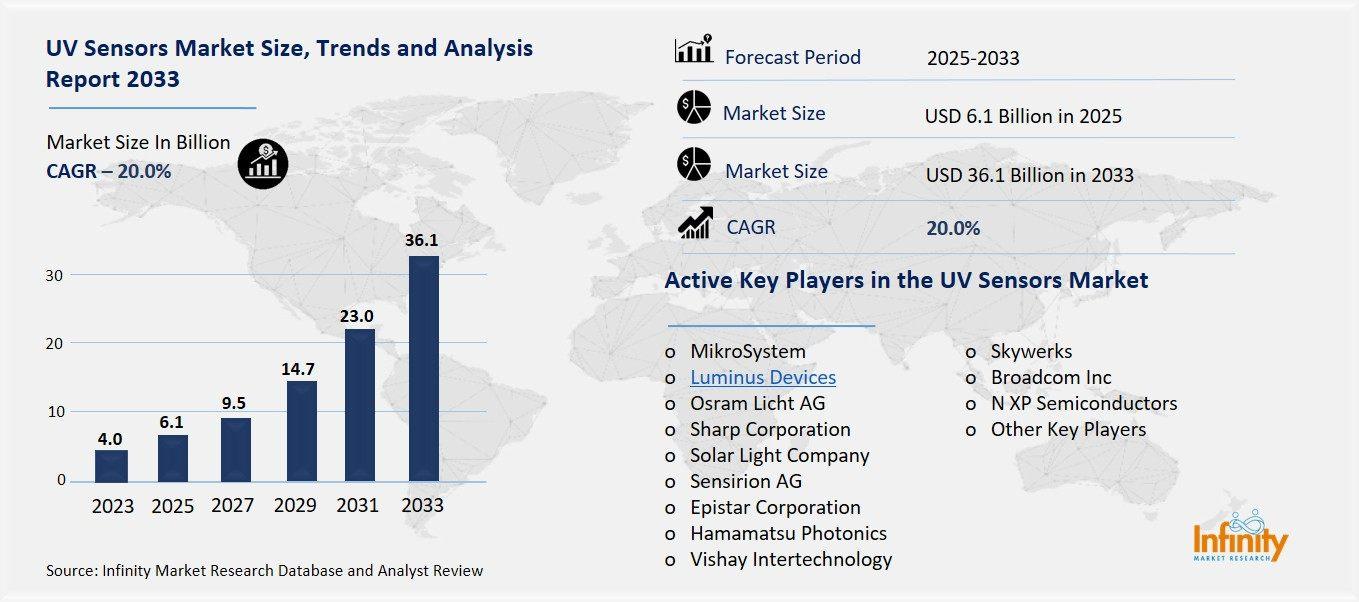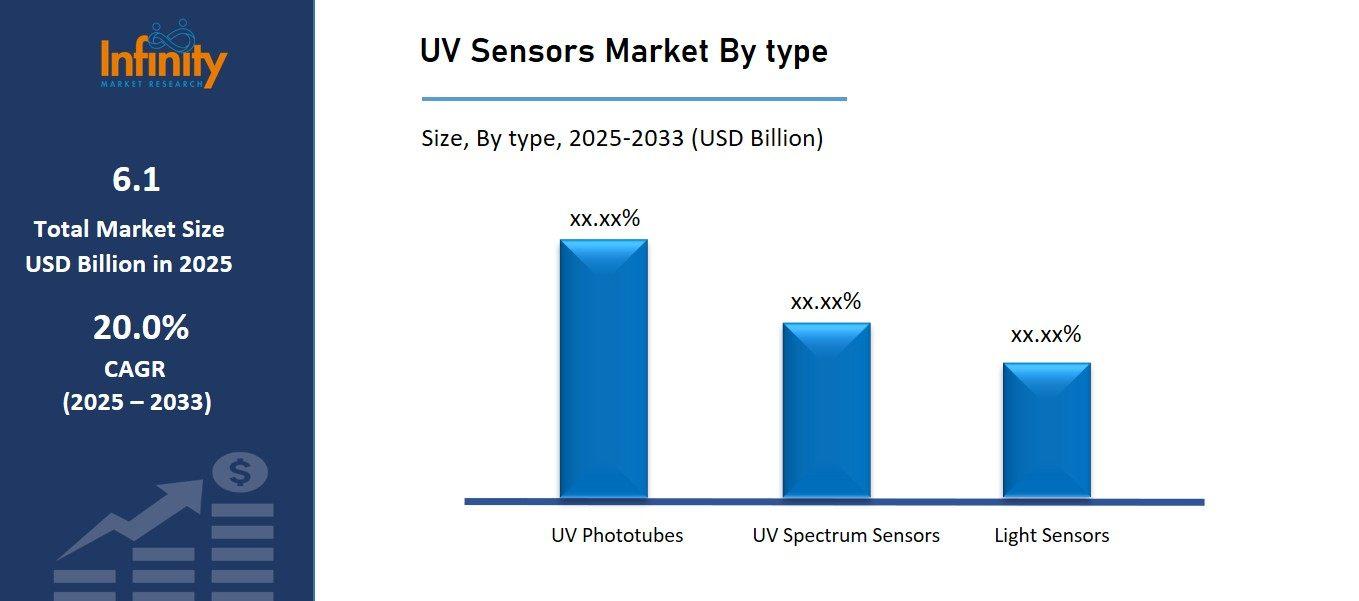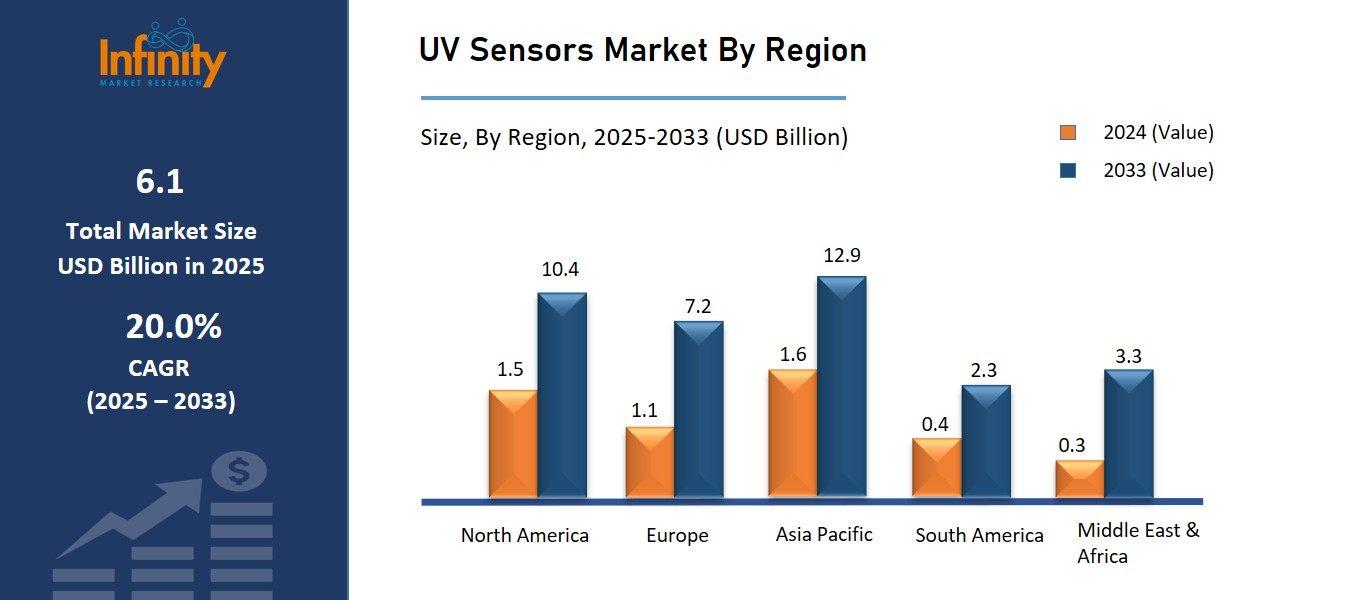
🔐 Secure Payment Guaranteed
Safe checkout with trusted global payment methods.
🌟 Why Choose Infinity Market Research?
At Infinity Market Research, we dont just deliver data — we deliver clarity, confidence, and competitive edge.
In a world driven by insights, we help businesses unlock the infinite potential of informed decisions.
Here why global brands, startups, and decision-makers choose us:
Industry-Centric Expertise
With deep domain knowledge across sectors — from healthcare and technology to manufacturing and consumer goods — our team delivers insights that matter.
Custom Research, Not Cookie-Cutter Reports
Every business is unique, and so are its challenges. Thats why we tailor our research to your specific goals, offering solutions that are actionable, relevant, and reliable.
Data You Can Trust
Our research methodology is rigorous, transparent, and validated at every step. We believe in delivering not just numbers, but numbers that drive real impact.
Client-Centric Approach
Your success is our priority. From first contact to final delivery, our team is responsive, collaborative, and committed to your goals — because you re more than a client; you re a partner.
Recent Reports
Global Myopia Control Lenses Market Report 2025-33
Hyaluronic Acid-based Dermal Fillers Market Report
UV Sensors Market Report
UV Sensors Market Global Industry Analysis and Forecast (2025-2033) by Sensor Type (UV-A, UV-B, UV-C, and Combined UV), Type (UV Phototubes, UV Spectrum Sensors, and Light Sensors), Technology (Phototransistors, Photodiodes, CMOS-based Sensors, and Other Technologies), Application (Industrial, Healthcare, Consumer Electronics, Automotive, Military & Defense, Agriculture, and Other Applications), and Region
Oct 2025
Semiconductor and Electronics
Pages: 138
ID: IMR2191
UV Sensors Market Synopsis
The Global UV Sensors Market was valued at USD 4.9 billion in 2024 and is expected to grow from USD 6.1 billion in 2025 to USD 36.1 billion by 2033, reflecting a CAGR of 20.0% over the forecast period.
The increase in the demand in the monitoring of ultraviolet radiation in the applications of healthcare, consumer electronics, industrial processes and the monitoring of the environment drives the UV sensors market. Such sensors find more applications in wearable and air purifier devices, as well as smart household products to bring safety and a better quality of air. UV sensors are used to help with advanced climate control and safety systems in the automotive industry, and sterilization and phototherapy equipment in the medical field. Increasing awareness of the adverse impact of UV radiation, more centralized governmental control of occupational safety, and the proliferation of smart cities and IoT initiatives are only increasing the rate.

Key Takeaways of the UV Sensors Market
o On the basis of Sensor Type, the UV-C segment is expected to lead the UV Sensors Market with the revenue share of 53.4% throughout the forecast period.
o The Light Sensors, by Type, is projected to be the most significant shareholder of 61.9% of the UV Sensors Market through the projection period.
o In terms of Technology, the CMOS-based Sensors category is forecasted to the biggest market share of 49.2% of UV Sensors Market throughout the forecast period.
o The Industrial segment is projected to capture the highest market share of 31.0% in UV Sensors Market by the Application in the forecast period.
o North America is expected to dominate the market over the forecast period with the revenue share of 36.1%.
UV Sensors Market Driver Analysis
Automotive Sector Adoption for Climate Control and Safety Systems
UV sensors are also becoming common in the automotive industry and are being integrated in their climate and safety systems. These gauges detect the level of ultraviolet radiation coming into the vehicle enabling the climate condition system to automatically regulate air conditioning, ventilation and sunroof controls to ensure maximum comfort to passengers and energy efficiency. They also help to allow the occupants to be safe against high UV radiation by balancing tinted windows or sunshades. UV sensors are also installed in advanced driver assistance system (ADAS) together with light and rain sensors to increase visibility and safety capabilities. This increasing adoption is the way of the automotive industry to concentrate on passenger comfort, health, and driving safety.
UV Sensors Market Restraint Analysis
Short Lifespan of Certain UV Sensing Components
The limitation of the UV sensors market is the short lifespan of some of the UV sensing components whereby, with extended wavelengths exposure the sensor materials will be wearing out and progressively lose its accuracy with time. This problem is enhanced in sensors that are employed in the outdoor or industrial environment where UV always has a high level. Consequently, it seeks a lot of replacements or maintenance and this hikes operational costs of end users. The short life of these components may also not be encouraging to use in cost-sensitive markets, and manufacturers face a challenge to compromise on performance, life, and affordability.
UV Sensors Market Opportunity Analysis
Increasing Use in Air and Water Purification Systems
The market is experiencing great growth prospects due to the rising number of UV sensors being used in air and water purification systems. In these cases, UV sensors are essential because they will measure and regulate the amount of ultraviolet light to be used to kill bacteria, viruses, and other dangerous microorganisms. When it comes to water purification, they make sure that UV disinfection units are used to administer the right level of dosage in order to provide safe drinking water. Correspondingly, with purification systems, in the air, sensors are used to control UV-C lamps to ensure that airborne pathogens are neutralized efficiently and use of less energy.
UV Sensors Market Trend Analysis
Miniaturization of UV Sensors for Integration into Small Devices
The market is influenced by miniaturization of UV sensors that can be incorporated into small devices. The is due to the progress in semiconductor technology allowing the creation of small-sized, low-power UV sensors that can be easily integrated into wearables, smartphones, and other portable electronics. This enables manufacturers to provide functions such as real-time UV exposure check, health tracking and safety notifications without needing to add more size and weight to the device. IoT devices and smart home systems are also being adopted in the trend as space efficiency and energy saving is vital.
UV Sensors Market Segment Analysis
The UV Sensors Market is segmented on the basis of Sensor Type, Type, and Technology.
By Sensor Type
o UV-A
o UV-B
o UV-C
o Combined UV
By Type
o UV Phototubes
o UV Spectrum Sensors
By Technology
o Phototransistors
o Photodiodes
o CMOS-based Sensors
o Other Technologies
By Application
o Industrial
o Healthcare
o Consumer Electronics
o Automotive
o Military & Defense
o Agriculture
o Other Applications
By Region
o North America (U.S., Canada, Mexico)
o Eastern Europe (Bulgaria, The Czech Republic, Hungary, Poland, Romania, Rest of Eastern Europe)
o Western Europe (Germany, UK, France, Netherlands, Italy, Russia, Spain, Rest of Western Europe)
o Asia Pacific (China, India, Japan, South Korea, Malaysia, Thailand, Vietnam, The Philippines, Australia, New-Zealand, Rest of APAC)
o Middle East & Africa (Turkey, Bahrain, Kuwait, Saudi Arabia, Qatar, UAE, Israel, South Africa)
o South America (Brazil, Argentina, Rest of SA)
By Sensor Type, UV-C Segment is Expected to Dominate the Market During the Forecast Period
The UV-C segment is likely to dominate the market over the forecast period as it is highly important in the sterilization, disinfection, and purification applications. To measure and regulate UV-C lights used to inactivate bacteria, viruses and other pathogens in air, water and surface treatment systems, UV-C sensors are common. During the pandemic and post-pandemic, demand was very high as industries, medical institutions, and households implemented UV-C based solutions to improve hygiene. There is also increasing adoption due to increasing utilization in HVAC systems, medical devices and in industrial processes.
By Type, the Light Sensors Segment is Expected to Held the Largest Share
The larger share of the UV sensors market is anticipated to be in the light sensors segment within the forecast period. These light sensors have found extensive use in consumer electronics, automotive, industrial and healthcare purposes because they can detect ambient light, and UV intensity. They can be integrated into smartphones, wearables, and other devices of smart homes because of their versatility; they assist in monitoring UV exposure, automatic brightness, and energy efficiency.

By Technology, the CMOS-based Sensors Segment is Expected to Held the Largest Share
Through technology, the CMOS-based sensors segment is likely to have the biggest share of the UV sensors market throughout the forecast period. CMOS technology has a number of benefits that include low power usage, small size, and affordability, which have made it ideal to be incorporated in a large variety of consumer electronics, automotive systems and industrial equipment. The sensors are very sensitive and have shorter response time that is essential in sectors like UV monitoring, sterilization and environmental sensors. The CMOS fabrication scalability also enables manufacturers to make sensors in large quantities at a lower cost thereby enhancing adoption.
By Application, the Industrial Segment is Expected to Held the Largest Share
Through application, the industrial segment is projected to dominate the market of UV sensors the most in the forecast period. Views UV sensors are commonly applied in industries including UV curing, semiconductor assembly, photolithography and testing of materials whereby accuracy in monitoring UV intensity is critical to both efficiency and quality control. They play a vital role in the air and water purification system in industries as well, to meet the standards of safety and environment. Further stimulation to adoption on such sectors as manufacturing, chemicals, and food and beverages is the growing interest in automation, process optimization and worker safety.
UV Sensors Market Regional Insights
North America is Expected to Dominate the Market Over the Forecast period
North America is expected to dominate the UV sensors market over the forecast period due to strong adoption across healthcare, consumer electronics, automotive, and industrial applications. The location has the high technological infrastructure, high knowledge of UV radiation safety, and strict regulation of the safety of workers and environmental surveillance. The increasing investments in smart houses, air and water treatment systems as well as anything that uses UV-C to disinfect are also indicative of market growth. Also, North America is the most prominent region in advancing innovation and mass adoption of the UV sensors because of the existence of the leading sensor manufacturers and early adoption of IoT and wearable devices.

Recent Development
In October 2024, Nikon Corporation launched the Rayfact UV25mm F2.8, a C-mount industrial lens from its Rayfact UV series, designed specifically for visual inspection of semiconductor wafers and electronic components.
In May 2024, Silanna UV introduced its Far-UVC Proximity Exposure Module at the International Ultraviolet Association (IUVA) Americas Conference 2024, where it also highlighted its advanced Deep-UVC and Far-UVC LED technologies.
Active Key Players in the UV Sensors Market
o MikroSystem
o Osram Licht AG
o Sharp Corporation
o Solar Light Company
o Sensirion AG
o Epistar Corporation
o Hamamatsu Photonics
o Vishay Intertechnology
o Skywerks
o Broadcom Inc
o N XP Semiconductors
o Other Key Players
Global UV Sensors Market Scope
|
Global UV Sensors Market | |||
|
Base Year: |
2025 |
Forecast Period: |
2025-2033 |
|
Historical Data: |
2017 to 2024 |
Market Size in 2024: |
USD 4.9 Billion |
|
Market Size in 2025: |
USD 6.1 Billion | ||
|
Forecast Period 2025-33 CAGR: |
20.0% |
Market Size in 2033: |
USD 36.1 Billion |
|
Segments Covered: |
By Sensor Type |
· UV-A · UV-B · UV-C · Combined UV | |
|
By Type |
· UV Phototubes · UV Spectrum Sensors · Light Sensors | ||
|
By Technology |
· Phototransistors · Photodiodes · CMOS-based Sensors · Other Technologies | ||
|
By Application |
· Industrial · Healthcare · Consumer Electronics · Automotive · Military & Defense · Agriculture · Other Applications | ||
|
By Region |
· North America (U.S., Canada, Mexico) · Eastern Europe (Bulgaria, The Czech Republic, Hungary, Poland, Romania, Rest of Eastern Europe) · Western Europe (Germany, UK, France, Netherlands, Italy, Russia, Spain, Rest of Western Europe) · Asia Pacific (China, India, Japan, South Korea, Malaysia, Thailand, Vietnam, The Philippines, Australia, New-Zealand, Rest of APAC) · Middle East & Africa (Turkey, Bahrain, Kuwait, Saudi Arabia, Qatar, UAE, Israel, South Africa) · South America (Brazil, Argentina, Rest of SA) | ||
|
Key Market Drivers: |
· Automotive Sector Adoption for Climate Control and Safety Systems | ||
|
Key Market Restraints: |
· Short Lifespan of Certain UV Sensing Components | ||
|
Key Opportunities: |
· Increasing Use in Air and Water Purification Systems | ||
|
Companies Covered in the report: |
· MikroSystem, Luminus Devices, Osram Licht AG, Sharp Corporation, and Other Key Players. | ||
📘 Frequently Asked Questions
1. What would be the forecast period in the UV Sensors Market Research report?
Answer: The forecast period in the UV Sensors Market Research report is 2025-2033.
2. Who are the key players in the UV Sensors Market?
Answer: MikroSystem, Luminus Devices, Osram Licht AG, Sharp Corporation, and Other Key Players.
3. What are the segments of the UV Sensors Market?
Answer: The UV Sensors Market is segmented into Sensor Type, Type, Technology, and Regions. By Sensor Type, the market is categorized into UV-A, UV-B, UV-C, and Combined UV. By Type, the market is categorized into UV Phototubes, UV Spectrum Sensors, and Light Sensors), Technology (Phototransistors, Photodiodes, CMOS-based Sensors, and Other Technologies. By Technology, the market is categorized into Phototransistors, Photodiodes, CMOS-based Sensors, and Other Technologies. By Application, the market is categorized into Industrial, Healthcare, Consumer Electronics, Automotive, Military & Defense, Agriculture, and Other Applications. By region, it is analyzed across North America (U.S.; Canada; Mexico), Eastern Europe (Bulgaria; The Czech Republic; Hungary; Poland; Romania; Rest of Eastern Europe), Western Europe (Germany; UK; France; Netherlands; Italy; Russia; Spain; Rest of Western Europe), Asia-Pacific (China; India; Japan; Southeast Asia, etc.), South America (Brazil; Argentina, etc.), Middle East & Africa (Saudi Arabia; South Africa, etc.).
4. What is the UV Sensors Market?
Answer: UV sensors market is an industry dealing with gadgets that sense and quantify ultraviolet (UV) radiations at different wavelengths. The sensors find application in industries, medicine and health-care, and serve functionalities in consumer electronics and automotive systems.
5. How big is the UV Sensors Market?
Answer: The Global UV Sensors Market was valued at USD 4.9 billion in 2024 and is expected to grow from USD 6.1 billion in 2025 to USD 36.1 billion by 2033, reflecting a CAGR of 20.0% over the forecast period.


🔐 Secure Payment Guaranteed
Safe checkout with trusted global payment methods.
🌟 Why Choose Infinity Market Research?
- Accurate & Verified Data:Our insights are trusted by global brands and Fortune 500 companies.
- Complete Transparency:No hidden fees, locked content, or misleading claims — ever.
- 24/7 Analyst Support:Our expert team is always available to help you make smarter decisions.
- Instant Savings:Enjoy a flat $1000 OFF on every report.
- Fast & Reliable Delivery:Get your report delivered within 5 working days, guaranteed.
- Tailored Insights:Customized research that fits your industry and specific goals.
📄 Available License Types




